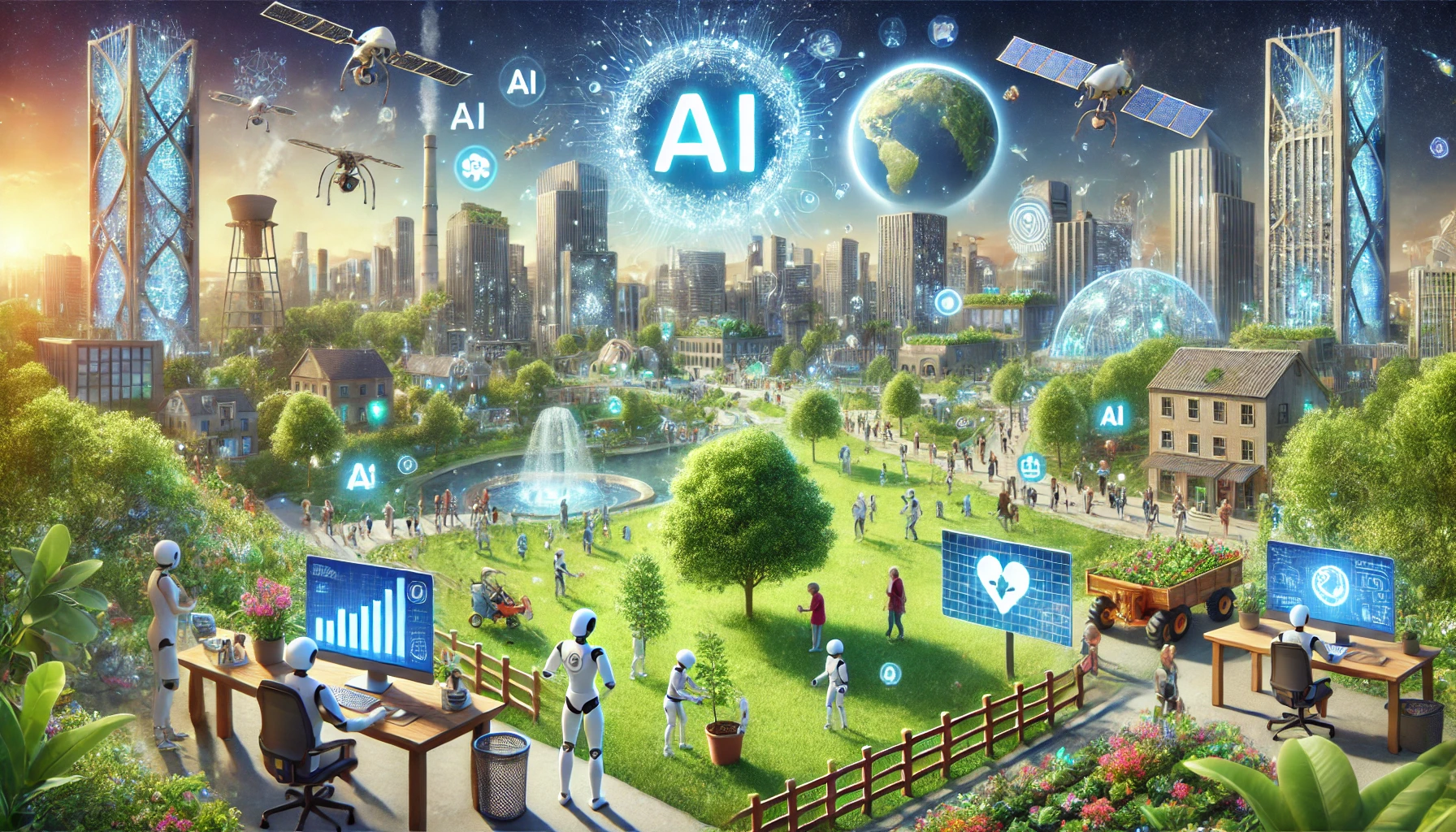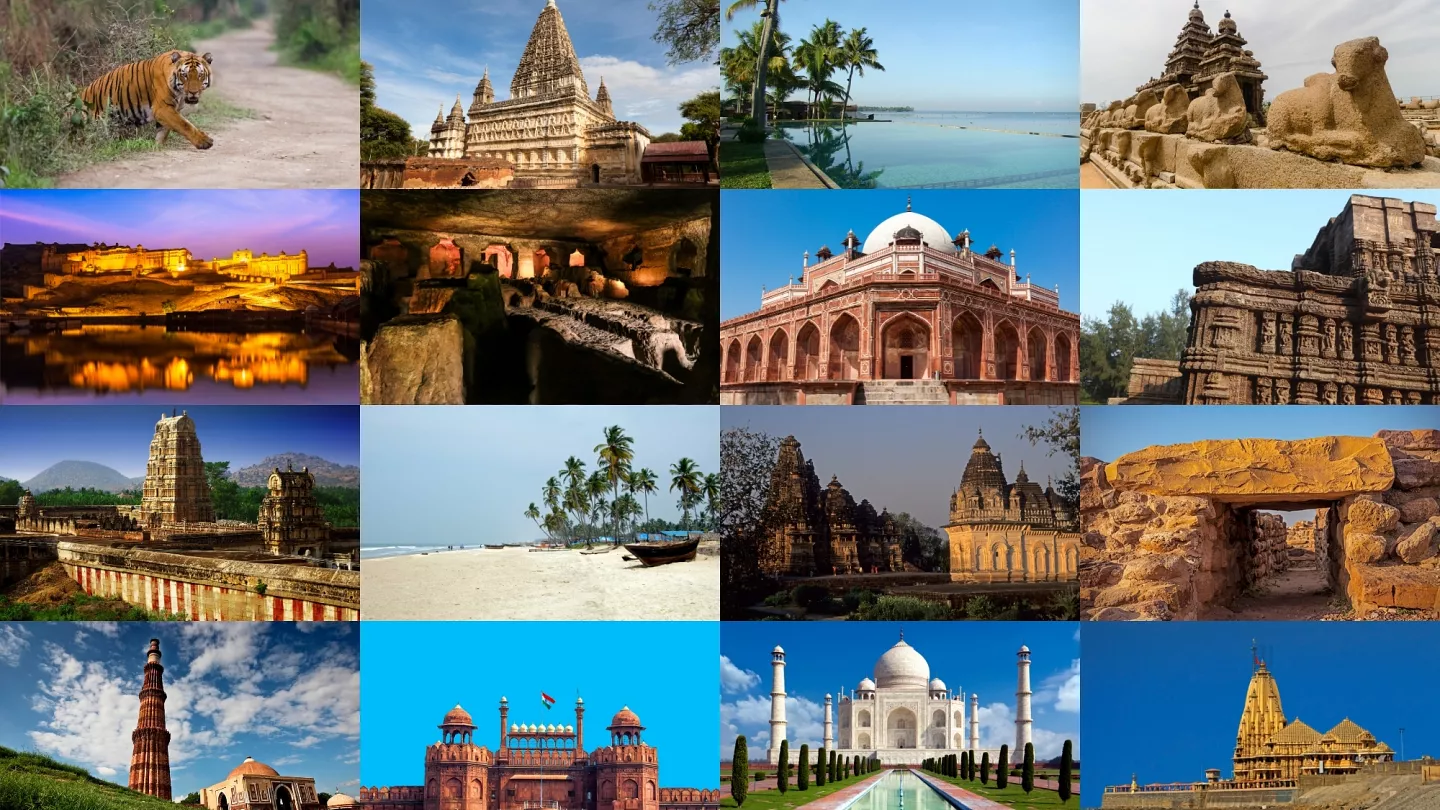In recent years, the world of art and technology has witnessed a groundbreaking transformation with the rise of Non-Fungible Tokens (NFTs). NFTs are digital assets that utilize blockchain technology to certify the uniqueness, ownership, and provenance of digital artworks, collectibles, and other digital creations. This revolutionary development has disrupted the traditional art market and opened up exciting possibilities for artists, collectors, and enthusiasts. In this article, we will explore the concept of NFTs, their impact on the digital art revolution, and the implications they hold for the future of creativity and ownership.
Understanding NFTs and Blockchain Technology
To grasp the significance of NFTs, it is essential to understand the underlying technology: blockchain. A blockchain is a decentralized and immutable digital ledger that records transactions across a network of computers. Each entry on the blockchain, or “block,” contains a timestamp and a link to the previous block, creating a continuous and transparent chain of data. This tamper-resistant structure ensures the authenticity and traceability of transactions.
NFTs are created using blockchain technology, with each NFT representing a unique digital asset. Unlike cryptocurrencies such as Bitcoin or Ethereum, which are interchangeable and have equal value, NFTs are non-fungible, meaning each token has distinct characteristics and cannot be exchanged on a one-to-one basis.
The Digital Art Revolution Unleashed
The traditional art world has long relied on physical mediums like canvas, sculpture, and photography. However, with the advent of NFTs, artists and creators can now fully embrace the digital realm as a canvas for their imagination. Digital artworks, animations, virtual reality experiences, and music tracks have all been tokenized as NFTs, allowing artists to explore innovative ways to express their creativity.
NFTs have democratized art ownership, enabling creators to sell their work directly to collectors without the need for intermediaries like galleries or auction houses. This direct connection between artists and collectors fosters a more inclusive and accessible art market, as artists from all backgrounds and geographies can reach a global audience.
The Scarcity and Value of NFTs
One of the key drivers behind the NFT revolution is the concept of scarcity. Digital assets, by their nature, can be easily copied and shared. However, NFTs establish provable scarcity through their unique blockchain-based identity. This scarcity adds value to digital art pieces, as collectors are willing to pay a premium for owning a verified original.
Furthermore, NFTs enable artists to implement royalties into their works. Whenever an NFT is resold on secondary markets, a percentage of the sale automatically goes back to the original artist. This feature allows artists to benefit from the increasing value of their work over time, creating a more sustainable income stream.
Challenges and Controversies
While the digital art revolution brought about by NFTs is exciting, it has also sparked several debates and controversies. Environmental concerns have emerged due to the massive energy consumption associated with blockchain networks, particularly those that use the proof-of-work consensus mechanism. However, efforts are underway to transition towards more eco-friendly alternatives like proof-of-stake.
Additionally, the explosion of NFTs has led to an influx of opportunistic actors seeking to profit from the hype. Reports of plagiarism, copyright infringement, and scam projects have raised questions about the need for better regulation and protection of artists and collectors.
The Intersection of Digital Art and Virtual Realities
As the digital art landscape continues to evolve, NFTs have found a natural synergy with virtual reality (VR) and the metaverse. Virtual galleries and museums are becoming popular platforms for displaying and experiencing digital artworks. Within these virtual spaces, users can view, interact with, and even trade NFT art pieces in a highly immersive manner.
The metaverse, a collective virtual shared space, is emerging as a potential hub for digital art, providing artists with new ways to collaborate, showcase their work, and connect with audiences globally. As technology advances, we can expect to see more intricate and engaging interactions between NFTs and virtual realities.
The Future of NFTs and Digital Art
The digital art revolution powered by NFTs has only just begun, and its future appears promising. As technology evolves, NFTs are likely to become more accessible and easier to create, opening the door for even more artists to participate in this creative movement.
Interdisciplinary collaborations between artists, technologists, and scientists are likely to push the boundaries of what is possible in the digital art world. Additionally, as blockchain technology matures, concerns about environmental impacts may diminish, making NFTs a more sustainable and attractive option for art enthusiasts.
Conclusion
The rise of NFTs and the digital art revolution is a testament to the power of technology to reshape long-standing industries. With NFTs, artists are empowered to explore new avenues of creativity and ownership, while collectors can delve into a world of unique and valuable digital assets.
While challenges and controversies exist, the potential for democratized art ownership and increased artist autonomy is a thrilling prospect for the future of art. As the journey of NFTs continues, the digital art world is set to become more diverse, immersive, and interconnected than ever before.







